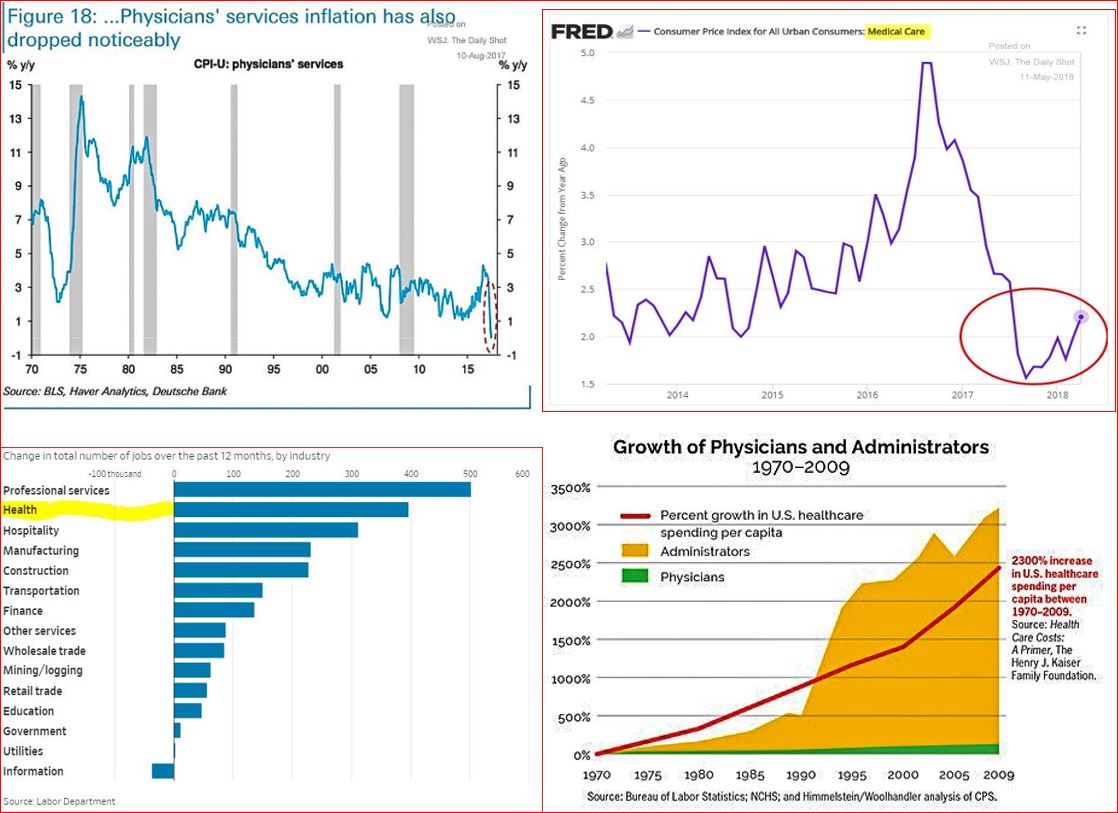Yet even when it is in the news on account of “natural causes”, Kerala provokes debate.
Keralite “exceptionalism”, for better or worse, comes to the fore, and invariably causes friction.
What makes Kerala a difficult state? Why is it “exceptional”?
1. Large sections of Keralite society were traditionally matrilineal. Much of India is patrilineal
2. Kerala is 50% Non hindu. Much of India is over 80% Hindu.
4. Keralite temples look like cottage houses. Temples in other parts of India are grand with Shikaras and Gopurams announcing them to the world
One can go on. Feel free to add.
But why is Kerala exceptional?
- Parasurama
- Vamana
Kerala is known as “Parasurama Kshetram” by many traditionalists. Who believe that the land was reclaimed from the sea by Parasurama himself.
So its association with Puranic Hindu lore is pretty deep.
13 of the 108 Divya Desams in Sri-Vaishnavite lore are located in Kerala.
Sri Padmanabhaswamy and Guruvayoor temples rank among the most popular and widely visited Vaishnavite shrines in all of India
Kulasekhara was a Chera king from the 9th cen who wrote in both Sanskrit and Tamil. His “Mukundamala”, an early Skt Bhakti text, remains a popular work to this day
His Narayaniyam, a 1000 verse condensation of Bhagavad Purana is regarded as one of the great Sanskrit works in the past 1000 years
Yet, why is Kerala “different”?
I don’t have all the answers, but will put forth some hypotheses
Did this limit its intercourse with other parts of Southern India - leading the region to develop its own distinctive culture? Maybe
But this hardly explains why the rest of the western coastline is so unlike Kerala
But why is Kerala matrilineal? A question worth asking
Did the Namboothiri community’s marital practices contribute to the matrilineal set-up among the dominant non-brahmin castes? Maybe.
I am not sure. But just putting the question here
Let’s take two Namboothiri families - one family has four sons S1-S4, another family has four daughters - D1-D4
These are thought experiments. I would be glad to be corrected.
The Sanskritization of the vernacular was perhaps aided by Sambandhams.
What would that have meant to the evolution of the Malayali character? Worth pondering over.
Feel free to cite other reasons that may have contributed to Keralite “exceptionalism”
isca.in/IJSS/Archive/v…




